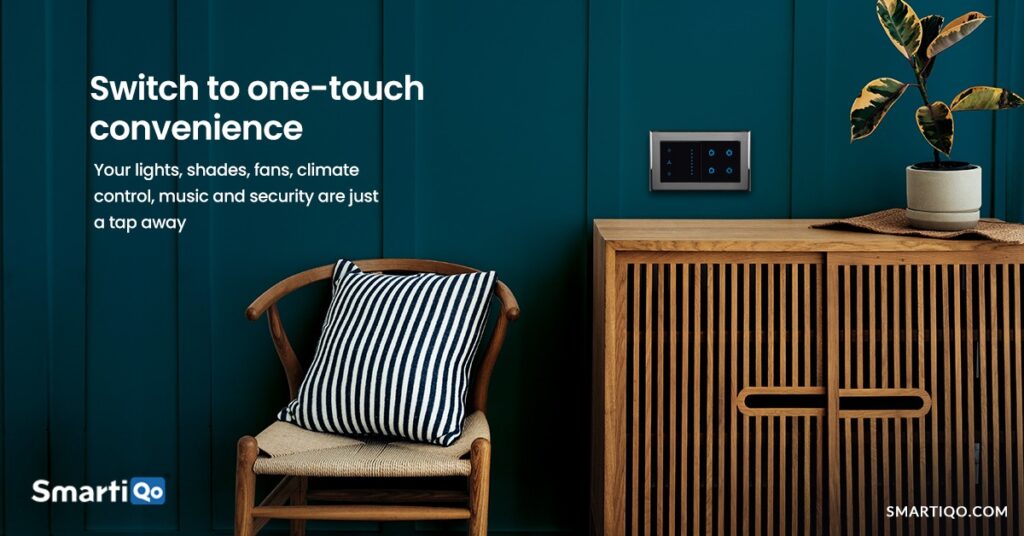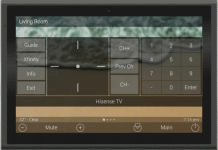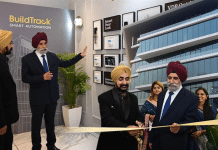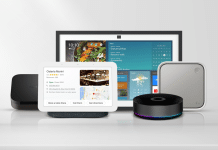
-In Conversation with Ishani Shah, Director, Smartiqo
India has been a very dynamic market since the inception of internet infrastructure and technological advancements in the country. According to the Statista report, the Indian smart home market is expected to be around $6 billion by 2022, a two-fold increase from $3 billion estimated in 2020. Globally, this number is expected to reach $53.45 billion by 2022. “The market is ripe and people are considering what was considered a luxury before, to be the norm now. Good quality products, good after-sales service and DIY hassle-free automation will be the future”, says Ishani.
What are the company’s primary offerings? Would you like to elaborate on Smartiqo’s latest launches? What is the technology used? How do these aim to revolutionize the Indian smart home industry?
The Smart Home market today is primarily segmented in terms of category on the usage of the products. The smart home market is divided into six segments, namely, appliances, energy management, comfort and lighting, control and connectivity, security, and entertainment. SmartiQo focuses on the appliances, lighting and controls, and security part of this. There is an increase in personalization options today which caters to the client’s lifestyle requirements that cannot be fulfilled by general products in the market. There is a need for consumers to be connected with their homes. Our wide range of products works on a single application, hence making the experience seamless and enjoyable. They are also compatible with voice controls. We understand this and provide a single platform on which you can operate more than 50 products, hence enabling the consumer to use all devices conveniently and dismissing the hassle of using multiple apps for multiple devices. This also eliminates the challenge of integrating different products from different companies with each. Our product range includes smart doorbells, door locks, switches and controls, lighting options and security sensors. Most of our products are wifi based, but we also have RF, IR and Zigbee based options. The devices must be able to work in an ecosystem. A couple of years ago, the internet infrastructure was not as advanced as it is today, and with increasing investment in internet infrastructure, both by the public and private sector, the WiFi, Zigbee, BLE and MESH networks have become more reliable and drastically improved.
Compatible with world-class AI smart devices like Alexa, Google Home and Siri, your home devices will now listen to you with a single command. You’d never have felt more connected to your living spaces than now.
Which cities or zones, in India, witness maximum sales and why? People of which segment are your primary buyers?
Because India is one of the fastest developing economies, we get demand from the smallest cities like Madurai to very advanced metropolitan cities like Mumbai. However, to cater to this ever-increasing demand, we have a large network of dealers in 45-50 big and small cities. The market right now is such that we cannot primarily segment it into tier 1, 2 and 3 cities. However, there is an upward curve in terms of demand for smart homes given the increasing number of working professionals in the country post the pandemic. There has been an exponential increase in India in terms of product demand and the graph just keeps going upwards. The reason for an increased focus on the internet infrastructure by companies like Reliance, Vi and others is because of the widespread awareness and demand of the same to support the evolving fields of smart homes, gaming, fintech, metaverse and so on.
Would you like to open up about the company’s journey, speaking about the stumbling blocks and experiences gathered on the way?
Since SmartiQo is an extended branch of PowerPalazzo Pvt ltd, a 30-year-old pioneer in the LED, drivers and components industry, we have seen our fair share of challenges in these years that have only taught us to be better and serve better. During the covid-19 pandemic, people had a newfound respect for their homes and the need to invest in them to enhance their living spaces. The basics were when people started adapting to zoom, and other platforms for remotely and virtually carrying on with their work. This also included people who were previously new to technology and not adept at its use. This increased the target audience, as now more and more people were comfortable with technology as the backdrop for their life tasks.
However, the awareness challenge always remains and there is a constant need to improve communication between brands and their clients regarding their products and services. Educating the youth today will create a well aware audience for tomorrow.
What was the vision you saw for the company, even before it was constituted? Today, how close have you reached to the goals?
SmartiQo’s dream was simple: To make families more connected to their homes. To live more connected lives by serving both convenience and design. SmartiQo is a dream to make every home in India a smart home. To make sure that the idea of smart living becomes more accessible than ever.
We have successfully tried to achieve this by providing a wide range of 60+ products that work on a single application from anywhere in the world, which is a solution that India has never seen before. This is the new age of smart living. Compatible with world-class AI smart devices like Alexa, Google Home and Siri, your home devices will now listen to you with a single command. You’d never have felt more connected to your living spaces than now. We are constantly innovating and researching to find solutions that can improve the lives of people across the nation. Think Smart, Think SmartiQo.

What are your market thriving strategies in today’s highly competitive industry, where new players are constantly stepping in?
I think it is good when new players enter the market. It expands the market. Entering the market is often never the challenge, the challenge is sustenance. To thrive, to be wanted and to be remembered. That is more important. Everyone gets a one-time customer, but the best ones get the same customer time and again. I don’t think there is one winning strategy but yes, we just keep making sure that the customer is satisfied and we bring the best of products to the market. A good product and a satisfied customer is a strategy that usually never fails in my opinion.
Do you have any expansion plans overseas?
Yes, absolutely. We plan to expand vigorously abroad, but first, we are focusing on the Indian market and making sure that we are delivering the products here even in the smallest of towns. The Indian subcontinent itself is a big market. We want to serve here first.
Smart homes, once, used to be confined to the class. How important is it to make it accessible to the mass?
In the traditional era, there was quite a significant distinction between the classes, the type of products they would use or even afford to think about. For instance, home automation 10 years ago, was a luxury. Today, it’s a necessity. It is not surprising to see it everywhere. In a few years, it will be a regular commodity item. Where else have we seen this? Smartphones, laptops, desktops, cars and so many more industries. Why does this happen? Well, lifestyle changes, technology evolutions which make the products more affordable and accessible, and well, a rising income.
Today, most companies that have made something significant out of their businesses, have brought something to the masses that wasn’t accessible to them before. This includes Uber, Airbnb, Swiggy and so many more. You have to play with the mass market in mind. Of course, this in no way changes or eliminates the segment of premium brands that cater to the very small per cent of a crowd that is willing to drop in the big bucks for international brands. Luxury cannot be replaced, but you can always create a bridge for the masses to experience that.
Today, which sector(residential, commercial, hospitality) is integrating smart technologies, the most? Why?
Residential and Commercial is getting into it. The hospitality industry always had the KNX and other wired systems but it wasn’t as advanced as is today. Today, with SaaS and PaaS being so advanced and available, the hotel and hospitality industry is taking advantage of it. Developers and Architects are increasingly incorporating this into most of their projects.

What impact does the growing popularity of IoT have on the future of the smart home and home automation industry in India?
IoT will change the way we live, perceive technology and use it to make mundane tasks automated. Often there is a perception that too much dependence on technology can make you weak. It is important to remember that you are not eliminating the need to work, but just trying to automate things to avoid the hassle of doing it manually. You can simplify your life with technology and take a step towards connected living.















